This is the final night of my 7-night run at the Clay on MagAO, sharing nights with Alycia & TJ. I have a few hours per night to image Pluto and Charon with Clio and VisAO, to get their separate photometric light curves in many filters over their 6.4-day period. We’re also doing some astrometry and high-res imaging to prepare for a stellar occultation by Pluto on 29 June. This event will be visible from the area around New Zealand, Australia, and Antarctica, and we have the good fortune of having SOFIA for this event. The prediction webpage is here. Even though we’re not observing a Pluto occultation during this run, I’ll give a little background on occultations.
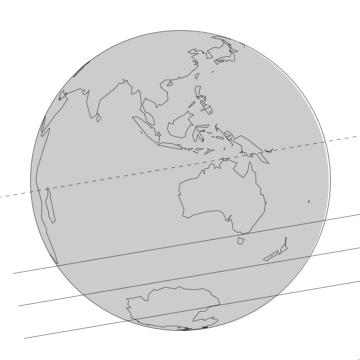
When we observe a stellar occultation, we observe the brightness of the star and how quickly it changes as Pluto moves in front of it. From a SNR point of view, it would be optimal if the occulting body were invisible so it wouldn’t add background noise to the observations. For this event, we get pretty close to that as Pluto is 2 mags fainter than the star.
With occultations, we can probe the temperature of Pluto’s atmosphere as a function of altitude but using the known refractivity of component gasses. As Pluto’s atmosphere passes in front of the star, it bends the light thereby dimming it. Using this method, we can detect and measure Pluto’s microbar atmosphere from more than 30 AU away.
Here’s another example of refraction: moonset on Sunday morning. You can see the shape of the moon contract and expand as it passes through different atmospheric layers. With slightly different temperatures (as well as scattering and absorption), the refraction changes from layer to layer.
Some other photos from last night and tonight:
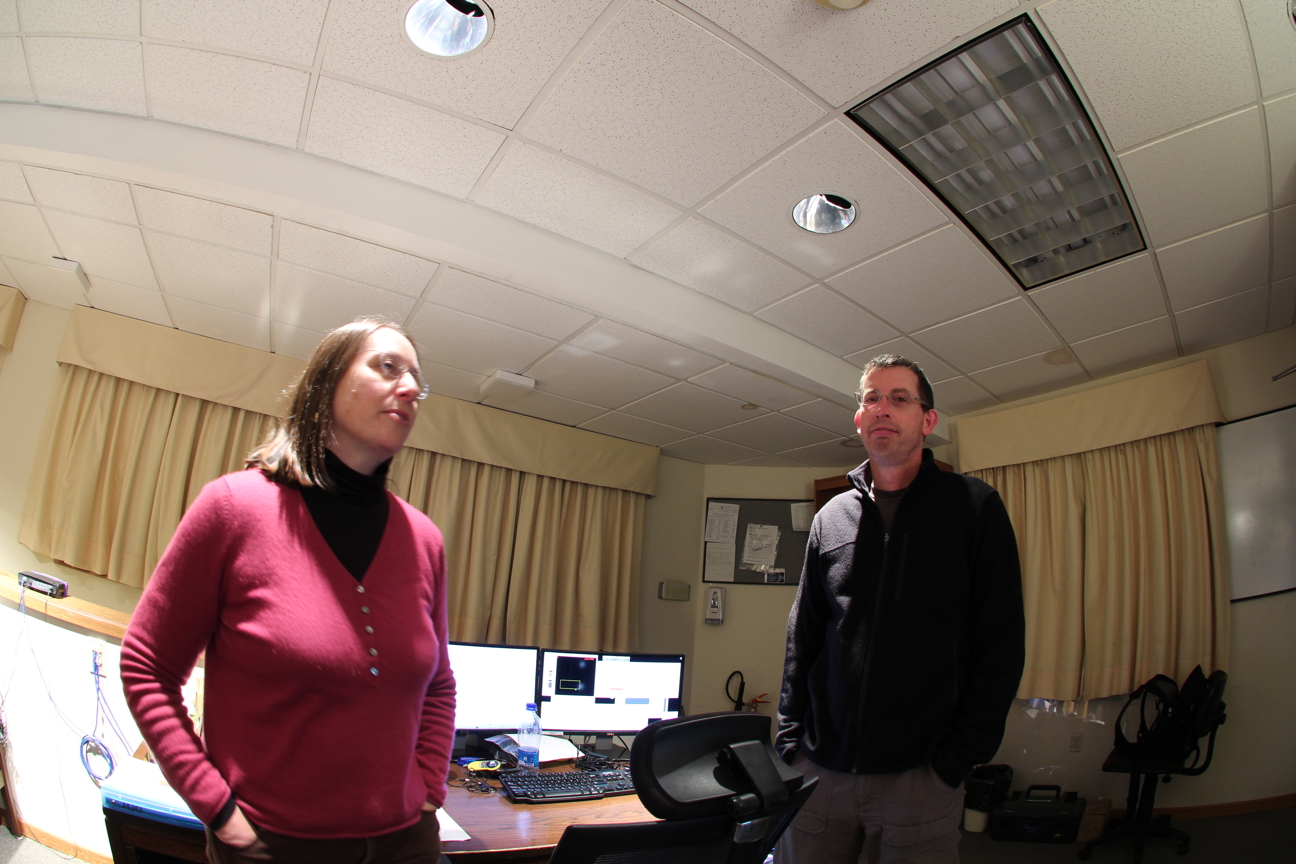
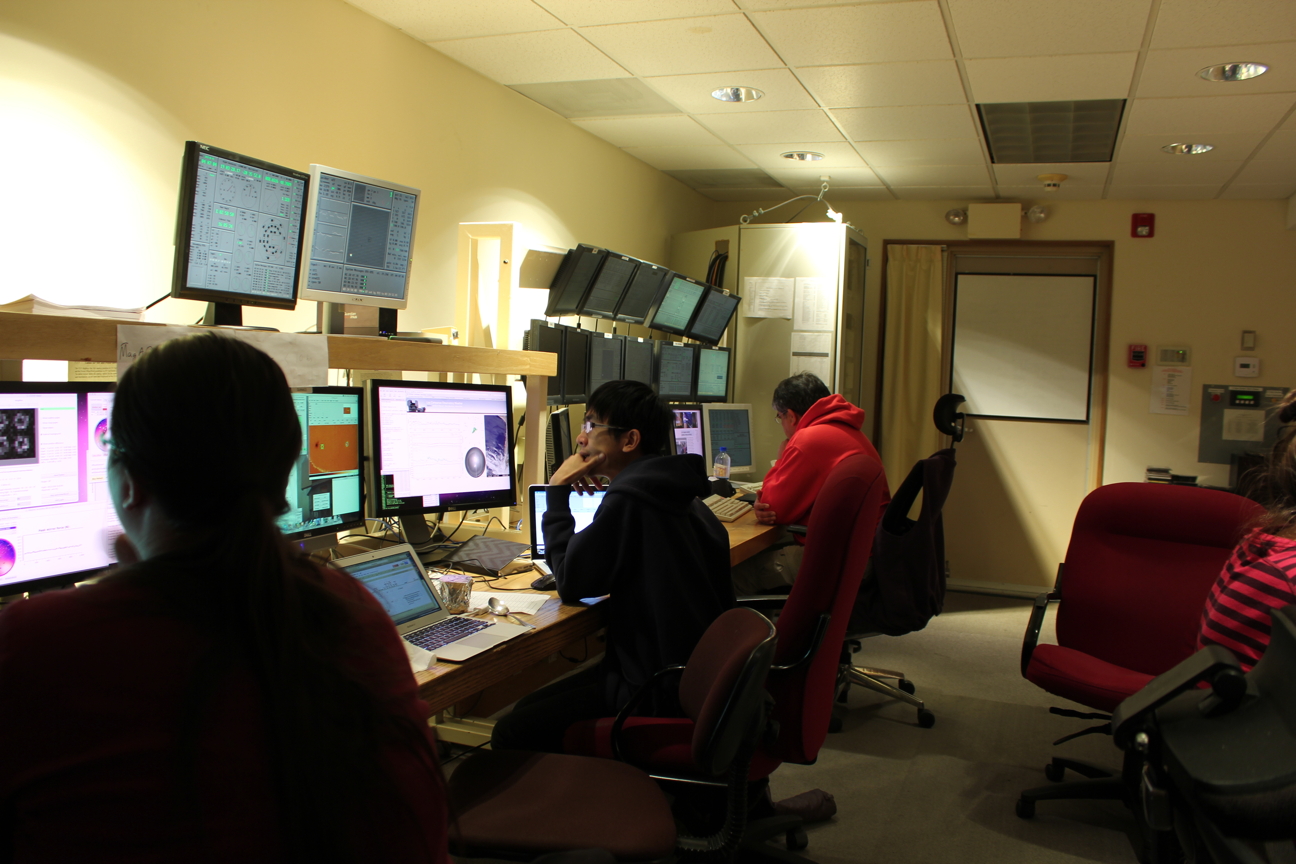
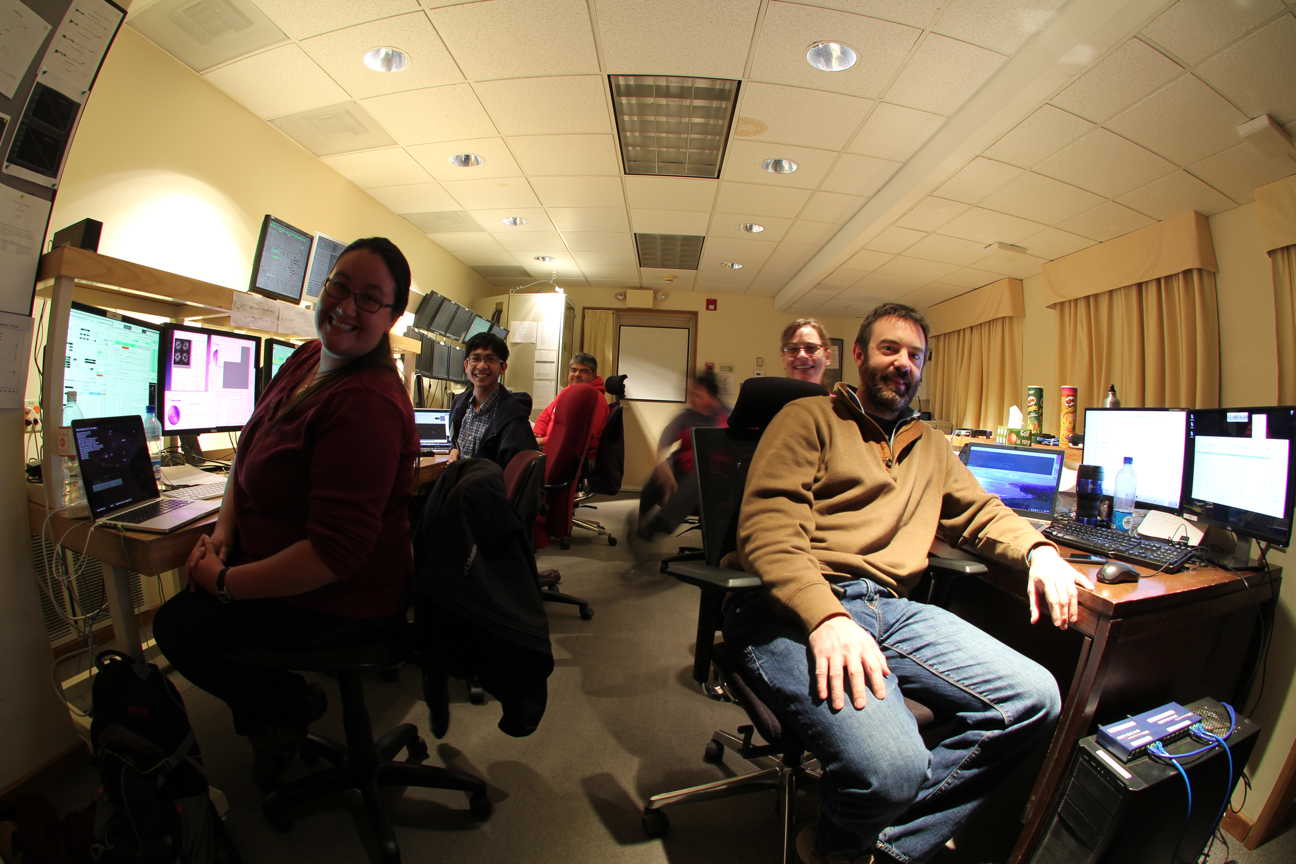
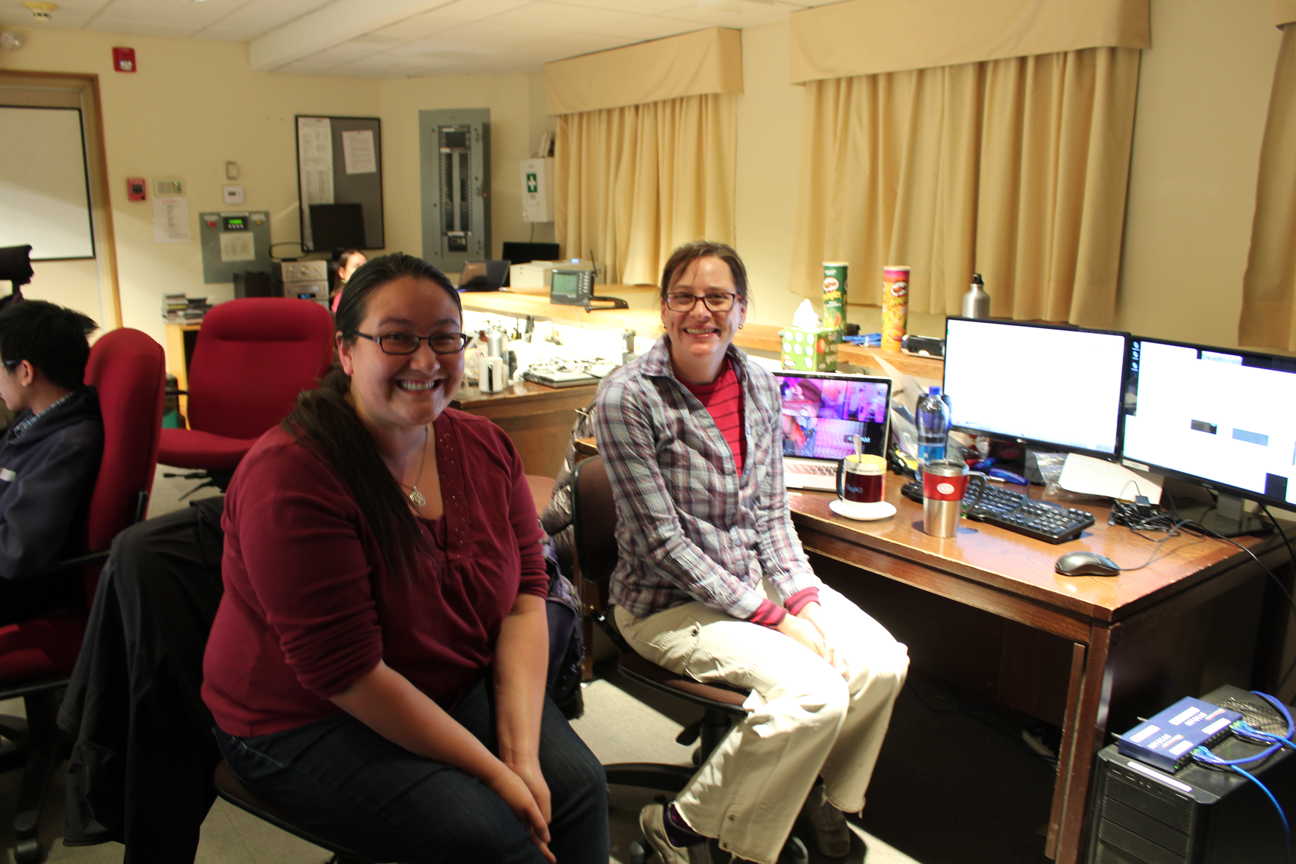
And now the song. I had to get a primer from Katie, with a run-down of all the various rules. This is the only song I’m aware of that mentions Pluto specifically. A quick google search of song lyrics shows that of course there are more, but I’m too tired to listen to them now. So I’ll give you Christine Lavin’s Planet X:
Sadly, Chris Daughtry does not seem to have covered this (yet).